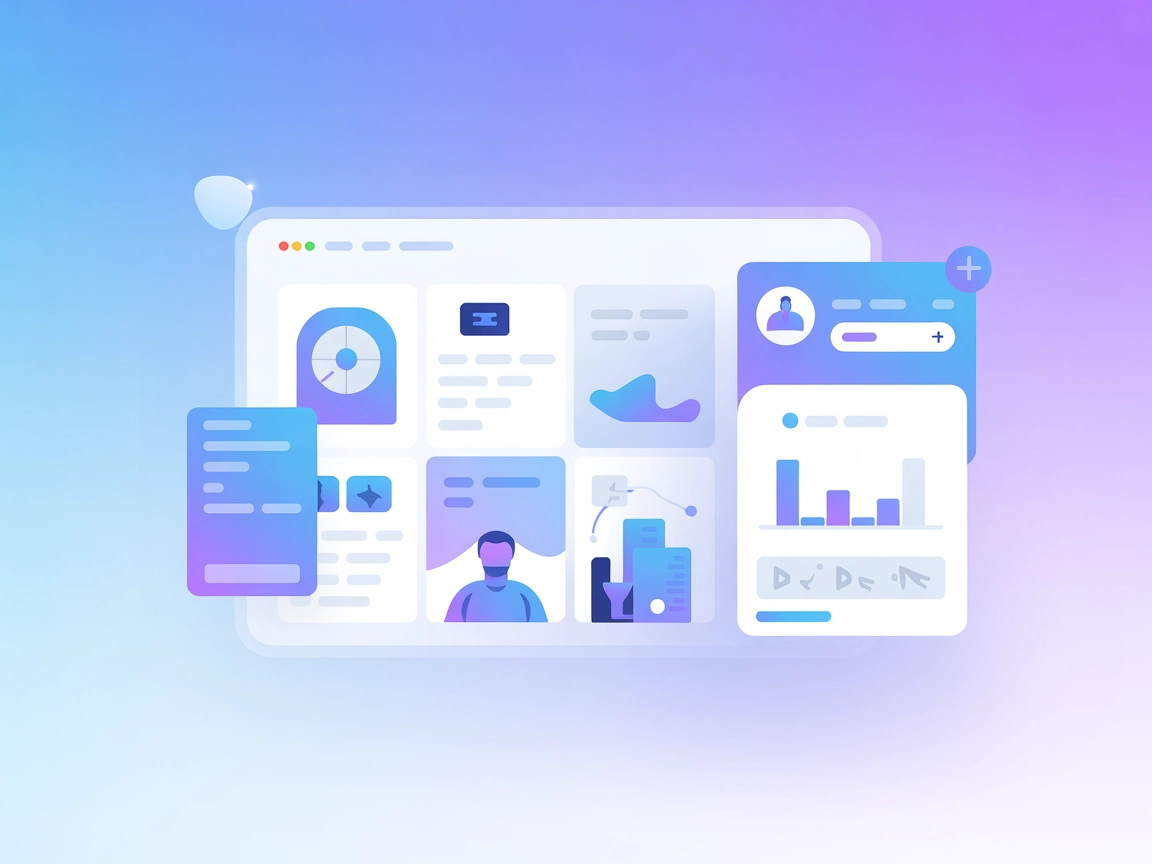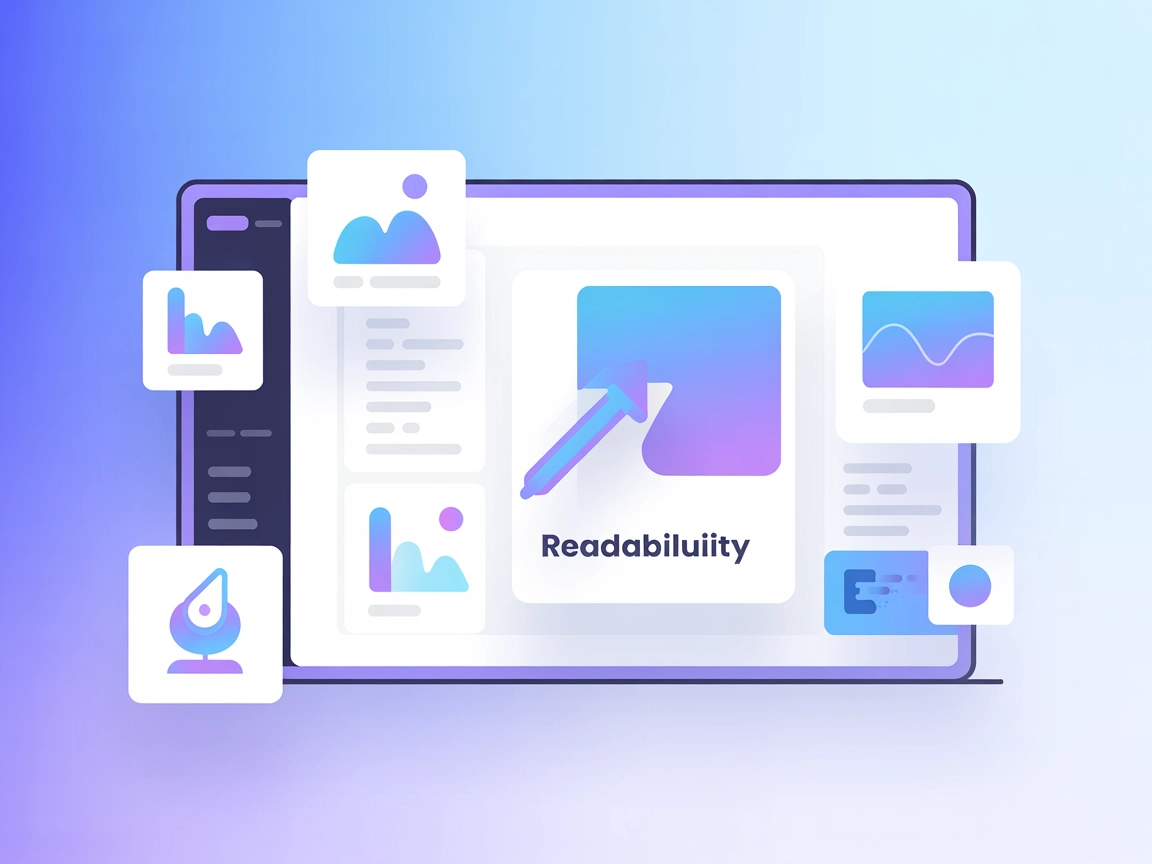
Dale Chall Readability Tool
Try our Dale Chall Readability Tools. Analyze plain text, check readability from a URL, or generate new, easier-to-understand text with AI-powered rewriting. Fr...
Readability defines how easily a reader can understand text, impacting education, marketing, healthcare, and digital content. Learn key factors and tools for optimizing readability.
Readability is the measure of how easy it is for a reader to understand a written text. It reflects the clarity and accessibility of the language, considering vocabulary complexity, sentence structure, and overall organization. Readability determines how efficiently a reader can absorb and comprehend the content without unnecessary effort.
In essence, readability assesses the simplicity of a text and its suitability for the intended audience. Highly readable texts help readers grasp messages quickly and effectively, while low readability can hinder understanding and discourage engagement.
Readability plays a crucial role in fields such as education, marketing, healthcare, legal documentation, and web content creation. By evaluating and optimizing readability, writers and organizations ensure their messages are conveyed clearly and effectively.
Educators use readability to match reading materials with students’ comprehension levels. Assessing the readability of resources ensures content is appropriate, facilitating better learning outcomes.
Marketers craft messages that resonate with audiences by increasing readability. Clear and accessible language boosts engagement, comprehension, and conversion rates.
Medical professionals prioritize readability in patient education materials. Clear content empowers patients to make informed decisions, follow instructions accurately, and improve health outcomes.
Legal professionals simplify jargon and structure content logically to enhance comprehension, reduce misunderstandings, and promote transparency.
Content creators and developers focus on readability to improve user experience, keep visitors engaged, reduce bounce rates, and enhance SEO. Easily digestible information attracts and retains a broader audience.
Measuring readability uses various formulas and tools to evaluate text difficulty. These assessments determine the education level needed to understand the content, guiding writers to adapt their language.
Several established formulas calculate scores based on sentence length, word complexity, and syllable count.
Formula:
206.835 - (1.015 x ASL) - (84.6 x ASW)
Interpretation:
| Score | Description |
|---|---|
| 90–100 | Very easy (understood by 11-year-olds) |
| 60–70 | Plain English (13–15-year-olds) |
| 0–30 | Very difficult (best for university grads) |
Formula:
(0.39 x ASL) + (11.8 x ASW) - 15.59
A score of 8.0 means an eighth grader should understand the text.
Formula:
0.4 x [(ASL) + (Percentage of Complex Words x 100)]
A Fog Index of 12: high school senior level.
Formula:
1.0430 x √(Number of Polysyllabic Words x (30 / Number of Sentences)) + 3.1291
Formula:
0.0588 x L - 0.296 x S - 15.8
Formula:
4.71 x (Characters / Words) + 0.5 x (Words / Sentences) - 21.43
Understanding readability scores helps tailor content to an audience:
Recognizing these factors enables writers to enhance clarity and effectiveness:
Example:
Example:
Example:
Examples: furthermore, however, therefore
Scenario: A company launches a new product and wants promotional material for a broad audience.
Application:
Outcome: Engaging material increases customer interest and sales.
Scenario: Educator develops instructional materials for middle school students.
Application:
Outcome: Improved student understanding and learning outcomes.
Scenario: A company implements a chatbot for customer support.
Application:
Outcome: Customers receive understandable assistance, increasing satisfaction and reducing support tickets.
AI and automation leverage readability for better human-computer interactions. Clear AI communication enhances user experience and trust.
AI systems use Natural Language Processing (NLP) to understand and generate human language. Incorporating readability into NLP ensures AI-generated content is user-friendly.
Applications:
Chatbots and virtual assistants communicate via text or speech. Readability is essential for effective communication.
Strategies:
AI-powered tools help writers with real-time feedback and suggestions.
Examples:
Benefits:
Readability checkers analyze text and offer insights into readability, helping writers align content with their audience.
Steps:
Benefits:
Enhance readability with these practices:
Example:
Example:
Scenario: Nonprofit wants to increase website engagement.
Actions:
Results: Increased traffic, longer visits, improved engagement.
Scenario: Corporation enhances memos and reports.
Actions:
Results: Clearer communications, higher productivity, fewer misunderstandings.
Scenario: Tech company develops AI assistant for readability.
Features:
Impact: Efficient, higher-quality writing for users and organizations.
Recent studies have explored various aspects of readability:
Generating Summaries with Controllable Readability Levels (Leonardo F. R. Ribeiro et al., 2023)
Examines how readability influences knowledge consumption, proposing new techniques for generating summaries with specific readability levels.
Read more
Readability of digraphs and bipartite graphs (Vladan Jovičić, 2016)
Explores readability as a graph parameter in genome sequencing, presenting algorithms for calculating readability in digraphs and bipartite graphs.
Read more
On the Importance and Shortcomings of Code Readability Metrics: A Case Study on Reactive Programming (Gustaf Holst and Felix Dobslaw, 2021)
Investigates current code readability metrics and their limitations, highlighting the need for revised metrics in software engineering.
Read more
Readability is the measure of how easy it is for a reader to understand a written text. It evaluates clarity, accessibility, vocabulary complexity, sentence structure, and overall organization to determine how efficiently readers can comprehend content.
Good readability ensures messages are clear, accessible, and engaging, improving comprehension in education, marketing, healthcare, legal, and digital content. High readability increases audience reach and effectiveness.
Readability is measured using formulas like Flesch Reading Ease, Flesch-Kincaid Grade Level, Gunning Fog Index, SMOG, Coleman-Liau Index, and Automated Readability Index. These consider sentence length, word complexity, and syllable or character count.
Key factors include vocabulary complexity, sentence length and structure, use of active voice, paragraph organization, headings, transition words, and typography. Simpler language and clear formatting increase readability.
Popular tools include Readable.com, Yoast SEO Readability Analysis, and Hemingway Editor. These analyze text, provide readability scores, and suggest improvements for clearer, more effective writing.
AI-powered tools use natural language processing to offer real-time feedback, grammar checks, and suggestions for improving clarity and structure, making content more readable and accessible to diverse audiences.
Enhance your writing with AI-powered readability tools. Get instant feedback, improve clarity, and engage your audience more effectively.
Try our Dale Chall Readability Tools. Analyze plain text, check readability from a URL, or generate new, easier-to-understand text with AI-powered rewriting. Fr...
Discover what grade level means in readability, how it’s calculated using formulas like Flesch-Kincaid, and why it’s crucial for tailoring content to your audie...
Enhance your content with the Readability Evaluator with URL as Input Tool that checks metrics like Flesch-Kincaid and ARI with FlowHunt.

